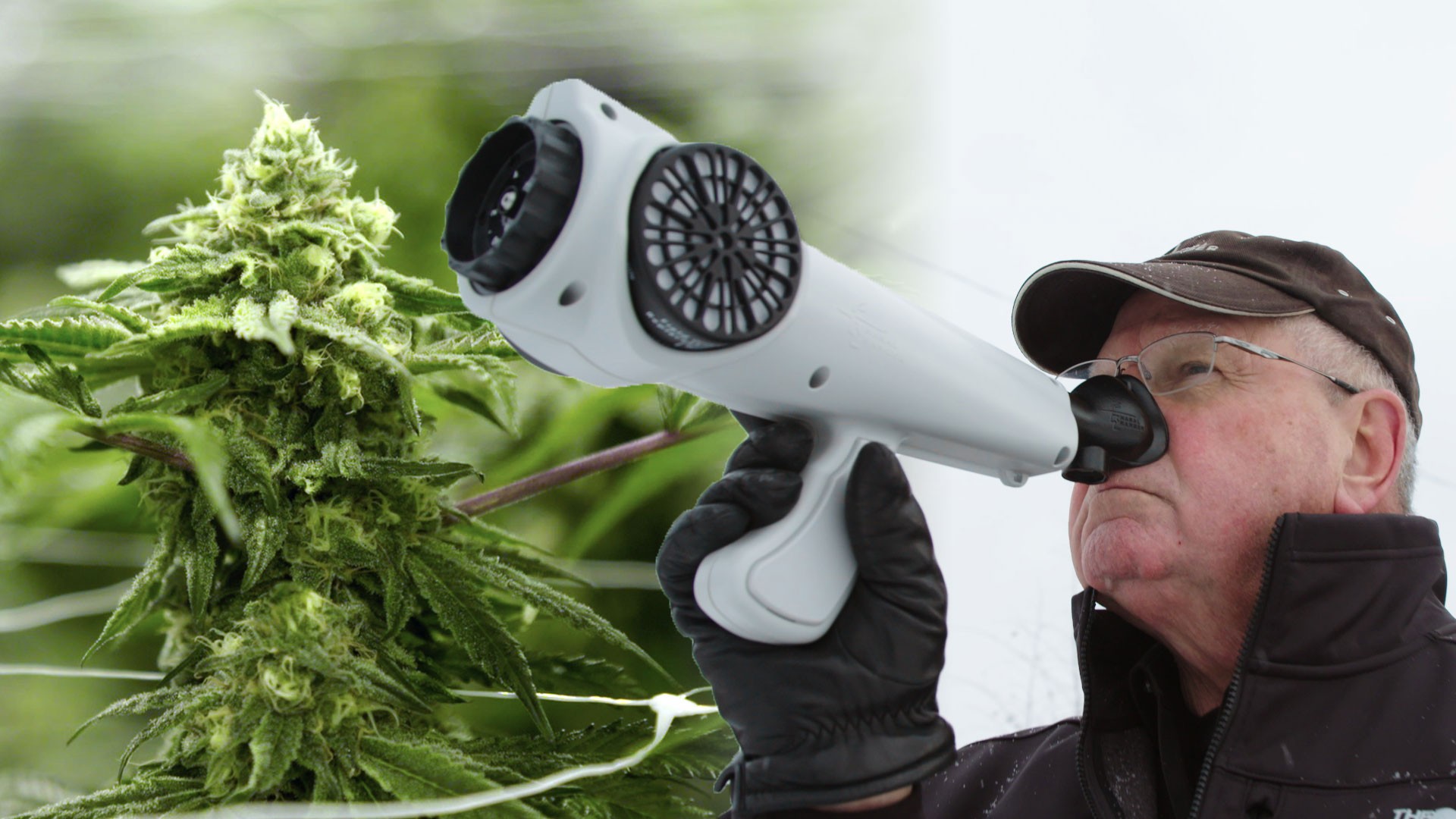Photo by Garage Island Crew via Stocksy
Soon, you may no longer have to rely on gazing at the bathroom mirror in blurred horror to gauge how drunk you are. Scientists are developing a wearable wrist device for tracking inebriation that’s showing promise. Researchers at the University of Illinois at Urbana-Champaign recently put the wearables to the test and found that the gadgets do a pretty solid job of measuring how much alcohol someone drank, along with how intoxicated they are. This sort of device could help people make smarter decisions about when to stop drinking and when definitely to not get behind the wheel, according to a new study published today in the journal Alcoholism: Clinical & Experimental Research.The wristband’s sensors collect data on raw transdermal alcohol concentration (TAC), or how much ethanol is being secreted through the sweat on your skin. The data shoot off to an app via Bluetooth and can be integrated into Apple Watches by swapping out their bands for ones with sensors. The info is digested into a graph that either trends upward or downward, depending on how much booze is in your system. There are a few kinks to work out. While the sensors can tell if someone’s getting drunker, as of now, TAC is not the strongest, most concrete indication of intoxication. The biggest question researchers are trying to unpack is whether the data collected through the skin can be translated into blood alcohol content (BAC)—the amount of alcohol in a person’s bloodstream. The most precise way to measure how much alcohol is in your body is to look at your BAC through either a breathalyzer, blood, or urine test. While TAC doesn’t perfectly reflect BAC levels, past evidence has shown it is closely in line with it—and because testing through the skin is continuous and also much less invasive than a blood or urine test, many experts think transdermal alcohol testing could be used as a viable supplement to BAC readings, and eventually be a substitute for breathalyzer tests.There are also a handful of external factors that can interfere with how effectively the skin sensors measure inebriation, including how much a person is sweating, room temperature, humidity. There is also a notable lag time between one’s last drink and when ethanol’s excreted through the skin—on average, the wristband’s readings were about 24 minutes behind the breathalyzer tests.Still, scientists are excited about these sensors. “The question is, can we process that information in a way that does give us a much more accurate indication of BAC?” study author Catharine Fairbairn, PhD, an assistant professor of psychology at the University of Illinois at Urbana-Champaign, told VICE. Fairbairn noted it's a challenge, but it’s doable—as long as researchers can find a way to account for all the external factors when processing TAC to BAC.Given that binge drinking has been consistently on the rise in recent years and that driving under the influence is very much a huge problem, getting closer to a simple wearable that can tell us when we're too drunk to function still seems more promising than the bathroom-mirror system—unless, of course, you're too drunk to use a wearable in the first place.Sign up for our newsletter to get the best of VICE delivered to your inbox daily.
There are a few kinks to work out. While the sensors can tell if someone’s getting drunker, as of now, TAC is not the strongest, most concrete indication of intoxication. The biggest question researchers are trying to unpack is whether the data collected through the skin can be translated into blood alcohol content (BAC)—the amount of alcohol in a person’s bloodstream. The most precise way to measure how much alcohol is in your body is to look at your BAC through either a breathalyzer, blood, or urine test. While TAC doesn’t perfectly reflect BAC levels, past evidence has shown it is closely in line with it—and because testing through the skin is continuous and also much less invasive than a blood or urine test, many experts think transdermal alcohol testing could be used as a viable supplement to BAC readings, and eventually be a substitute for breathalyzer tests.There are also a handful of external factors that can interfere with how effectively the skin sensors measure inebriation, including how much a person is sweating, room temperature, humidity. There is also a notable lag time between one’s last drink and when ethanol’s excreted through the skin—on average, the wristband’s readings were about 24 minutes behind the breathalyzer tests.Still, scientists are excited about these sensors. “The question is, can we process that information in a way that does give us a much more accurate indication of BAC?” study author Catharine Fairbairn, PhD, an assistant professor of psychology at the University of Illinois at Urbana-Champaign, told VICE. Fairbairn noted it's a challenge, but it’s doable—as long as researchers can find a way to account for all the external factors when processing TAC to BAC.Given that binge drinking has been consistently on the rise in recent years and that driving under the influence is very much a huge problem, getting closer to a simple wearable that can tell us when we're too drunk to function still seems more promising than the bathroom-mirror system—unless, of course, you're too drunk to use a wearable in the first place.Sign up for our newsletter to get the best of VICE delivered to your inbox daily.
Advertisement
